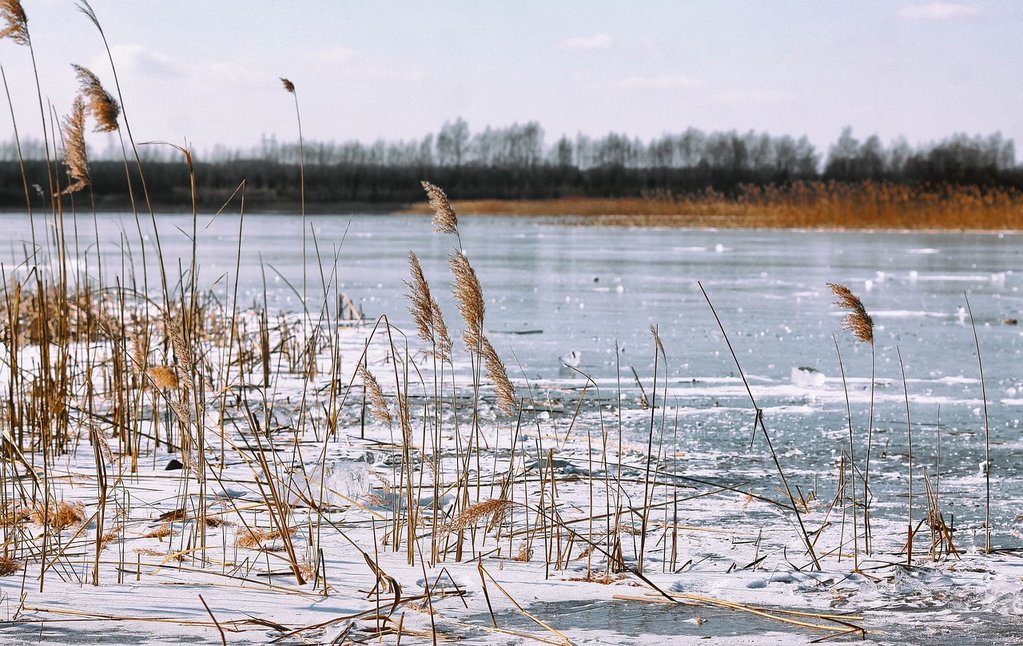ZIMSEC O Level Biology Notes: Chemical building blocks of Life: Bio-molecules
Water
Structure of a water molecule
- Water is essential for life.
- Approximately 75% earth’s surface is water.
- Life evolved in water.
- An average adult body is 50 to 65 percent water
- This rises to about 80% in a child
- A water molecule is made up of 2 hydrogen atoms and one oxygen atom.
- It has a bent shape and an angle of 104.5°.
- Creates a slightly negative oxygen and a slightly positive hydrogen allowing formation of hydrogen bonds.
Hydrogen bonding
- A type of polar/intermolecular interaction.
- Critical for:
- Maintaining protein structure, that is primary, secondary and tertiary.
- Takes part in enzymatic reactions.
- Movement of water in plant stems.
- Ionization of water: H2O -> H+ + OH–
- Generally it breaks down to form a hydrogen ion (H+), and hydroxide ion (OH-).
- At 25°C, 1 liter of water contains 10-7 moles of H+ ions: 10-7 moles/liter.
pH
ADVERTISEMENT
- Is a convenient way of indicating H+ (Hydrogen ion) concentration
- It is used to measure alkalinity or acidity of a solution
- pH = – log [H+]
- For water, pH = – log[10-7] = 7
- Since for each H+ in pure water, there is one OH-, pH of 7 indicates that it is neutral.
- Water also acts as a buffer due to a reservoir for H+ .
- This means it maintains relatively constant pH over buffering range.
Biology Notes: Water and its properties: Density and heat fusion
ZIMSEC O Level Biology Notes:Properties and Biological significance of water
Property: High heat of fusion
- This is a measure of the heat energy required to melt a solid (ice).
- Liquid water must lose a large amount of heat energy to freeze.
Biological role
- Contents of cells and their environment are therefore less likely to freeze.
- This is an advantage for bodies of living organisms and organisms that live in water.
Property: Density and freezing
- The density of water decreases below 4°C and ice tends to form on top and floats.
- Since ice floats, it forms at the top first and at the bottom last.
Biological role
- Ice insulates the water below it, thus increasing the chances of survival of organisms in water.
- It also helps maintain circulation in large bodies of water (water expands and rises at 4°C).
ADVERTISEMENT

